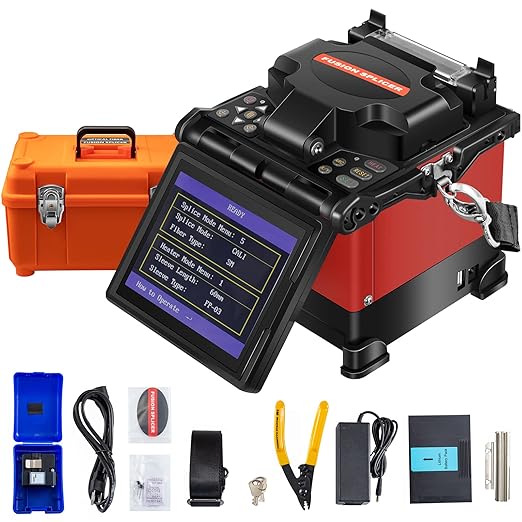The Evolution of Machine Tools: From the 15th Century to Modern Automation
The origins of machine tools can be traced back to the 15th century, when the development of clocks and weapons led to the creation of early machinery such as thread lathes and gear-processing tools for watchmakers. Water-powered barrel boring machines also emerged during this period. Around 1501, the Italian polymath Leonardo da Vinci sketched conceptual designs for lathes, boring machines, threading machines, and internal grinding machines. His designs included innovative mechanisms like cranks, flywheels, tips, and bearings. Additionally, the “Tian Gong Kai Wu,” a Chinese text from the Ming Dynasty, depicted a foot-pedal-operated grinding machine that used sand, water, and an iron plate to cut jade.
The Industrial Revolution and Advancements in Machine Tools
The Industrial Revolution, which began in the 18th century, significantly accelerated the development and refinement of machine tools. In 1774, British inventor John Wilkinson created a highly accurate barrel boring machine. The following year, he used this machine to bore cylinders for James Watt’s steam engine. To accommodate larger cylinders, Wilkinson constructed a water-wheel-powered cylinder boring machine in 1775, which helped drive the advancement of steam engine technology.
In 1797, British inventor Henry Maudsley revolutionized the machine tool industry with the invention of a lathe that featured a screw-driven tool holder, allowing for motorized feed and thread turning. This innovation marked a major shift in machine tool design, earning Maudsley the title of “father of the British machine tool industry.”
19th Century: The Rise of Diverse Machine Tools
Throughout the 19th century, various machine tools emerged, driven by advancements in industries like textiles, power generation, transportation, and armament manufacturing. Notable developments included the creation of the gantry planer by British inventor Roberts in 1817, and the invention of the horizontal milling machine by American Eli Whitney in 1818. By the late 19th century, the United States had surpassed England as the center of industrial technology. Whitney, a visionary engineer, pioneered the mass production of interchangeable parts and developed the turret-type hexagonal lathe in the 1840s. This lathe featured a capstan that could hold multiple tools, allowing for efficient tool changes by rotating the turret.
The Electric Motor and Precision Machine Tools
With the advent of the electric motor, machine tools transitioned from steam power to electricity. Early in the 20th century, the demand for higher precision in processing workpieces, fixtures, and threading tools led to the creation of coordinate boring machines and thread grinding machines. To meet the mass production needs of industries like automotive manufacturing, new automatic machine tools, copy machines, and integrated production lines were developed.
By 1900, machine tools reached a high level of sophistication. Lathe machines gradually evolved into milling machines, planers, grinders, and drilling machines, setting the stage for precision machining and early automation.
The Early 20th Century: Precision and Automation
During the early 20th century, the production of automobiles and airplanes spurred the demand for high-precision machinery capable of producing complex parts in large quantities. The development of multi-helix edge milling cutters in the 1910s addressed challenges related to vibration and finish quality in milling machines, making them essential for the production of intricate parts.
American industrialist Henry Ford, known as the “father of the automobile,” championed the development of high-efficiency grinding machines to meet his vision of producing “light, strong, reliable, and cheap” cars. In 1900, American manufacturer Norton introduced large-diameter, wide grinding wheels made of emery and corundum, along with robust, heavy-duty grinding machines, marking a significant milestone in the evolution of precision machinery.
Semi-Automation and Hydraulic Systems: 1920s to 1950s
The 1920s marked the beginning of the semi-automation era. Over the next three decades, hydraulic and electrical components became increasingly integrated into machine tools, leading to new innovations. In 1938, the introduction of hydraulic systems and electromagnetic control systems advanced the development of milling machines and gantry planers. By the late 1930s, the travel switch-solenoid valve system became commonplace in automatic machine tool controls.
After World War II, the rise of CNC (Computer Numerical Control) and group-controlled machine tools began to shape the future of manufacturing automation. CNC machine tools, which use digital control to store processing programs and automate machine operations, ushered in a new era of precision and efficiency. The first CNC machine tool, a milling machine, was developed in 1951 by Parsons Corporation with the support of the U.S. Air Force and MIT.
The 1960s: The Dawn of CNC Production Lines
The 1960s saw the emergence of the world’s first CNC production line, developed by the British Maurins Machinery Company in 1968. This automated production line paved the way for further advancements, including the development of “group control” systems, computer-aided design (CAD), and adaptive control systems. These technologies allowed machines to adjust cutting speeds and processing amounts in real-time based on feedback from the production process.
By the mid-1970s, automated workshops and factories began to take shape, thanks to widespread adoption of small computers in machine tool control. Innovations such as direct digital controllers and feedback-based adaptive control systems further enhanced machine tool performance and efficiency.
A Century of Innovation: The Modern Machine Tool Industry
Over the past century, machine tools have evolved into highly sophisticated, automated systems capable of producing complex parts with exceptional precision. From steam-powered lathes to advanced CNC machines, machine tools have played a critical role in shaping modern manufacturing. Today, these machines are integral to industries such as aerospace, automotive, electronics, and medical devices, continuing to drive innovation and efficiency in production processes worldwide.

